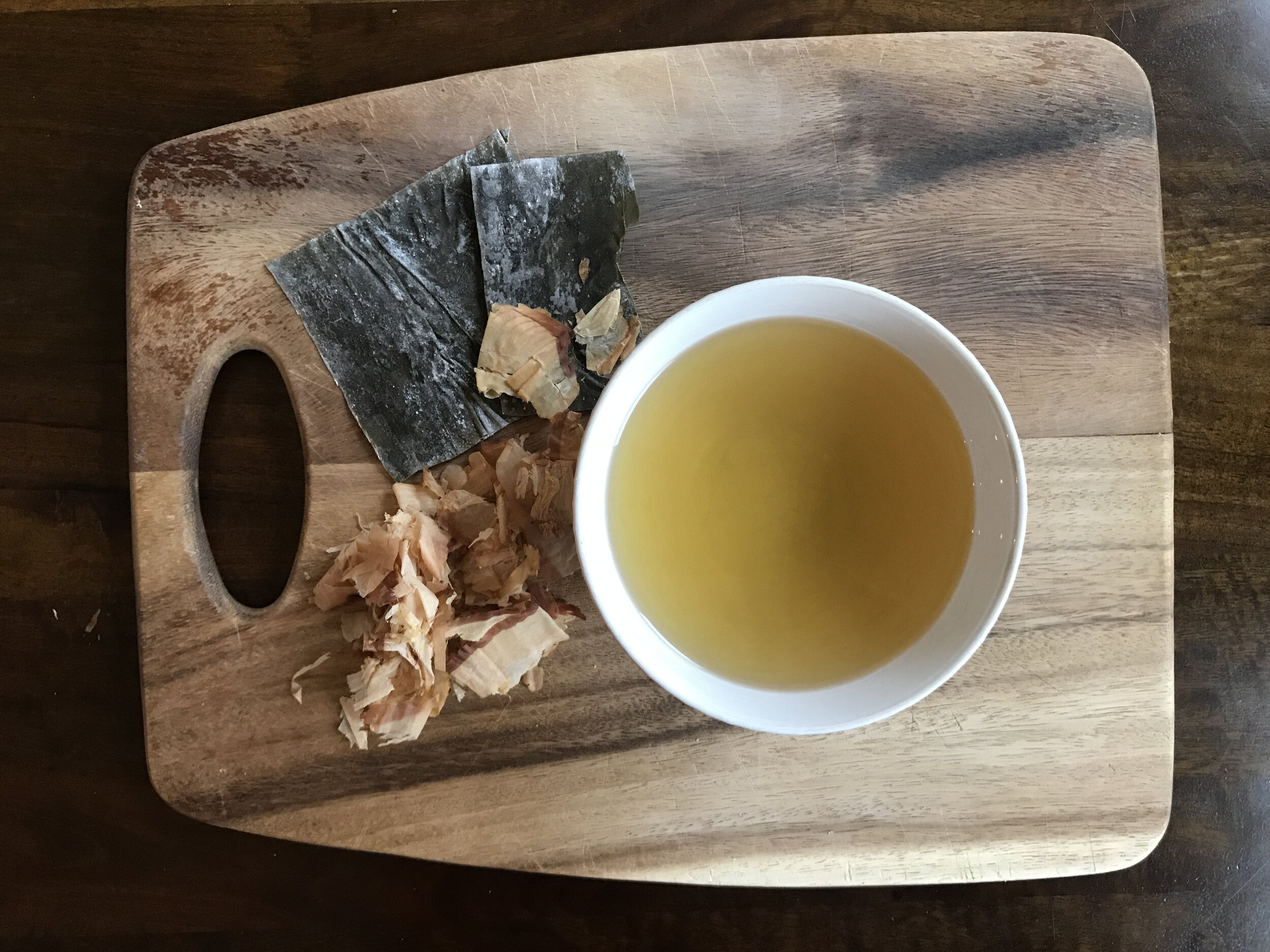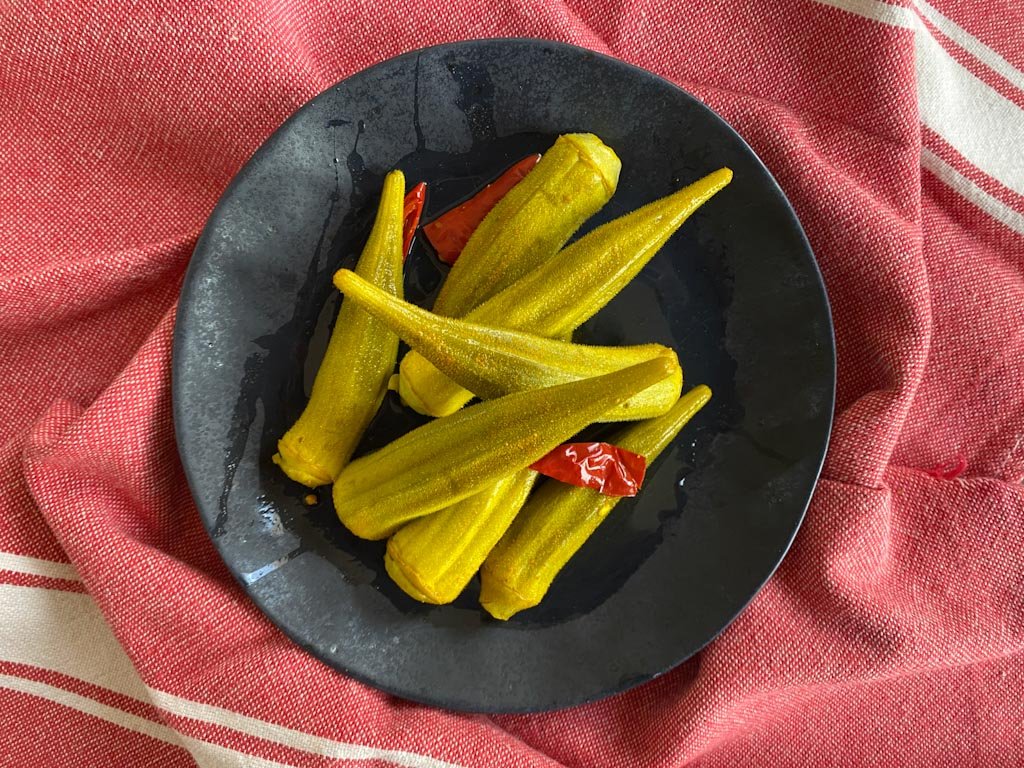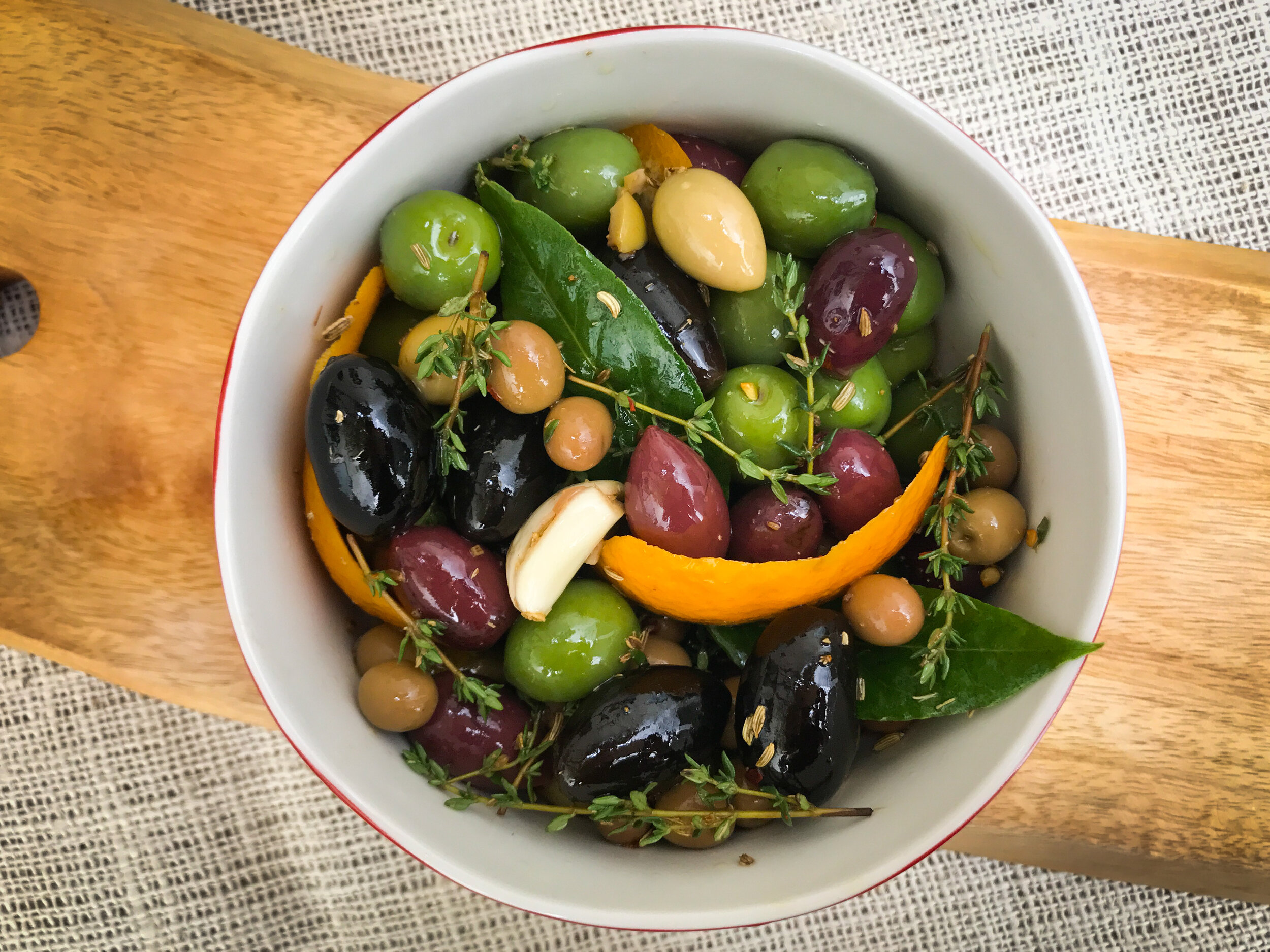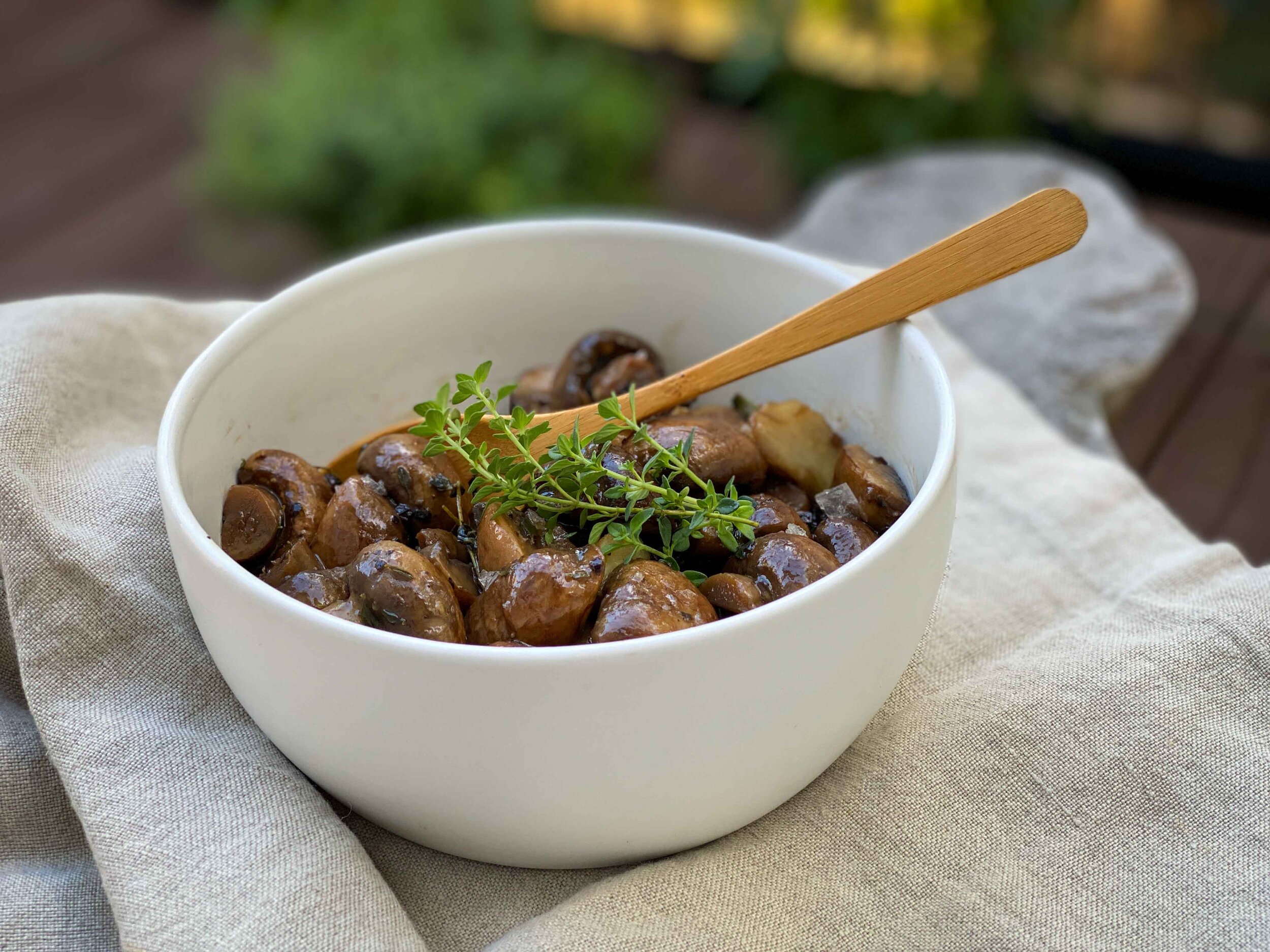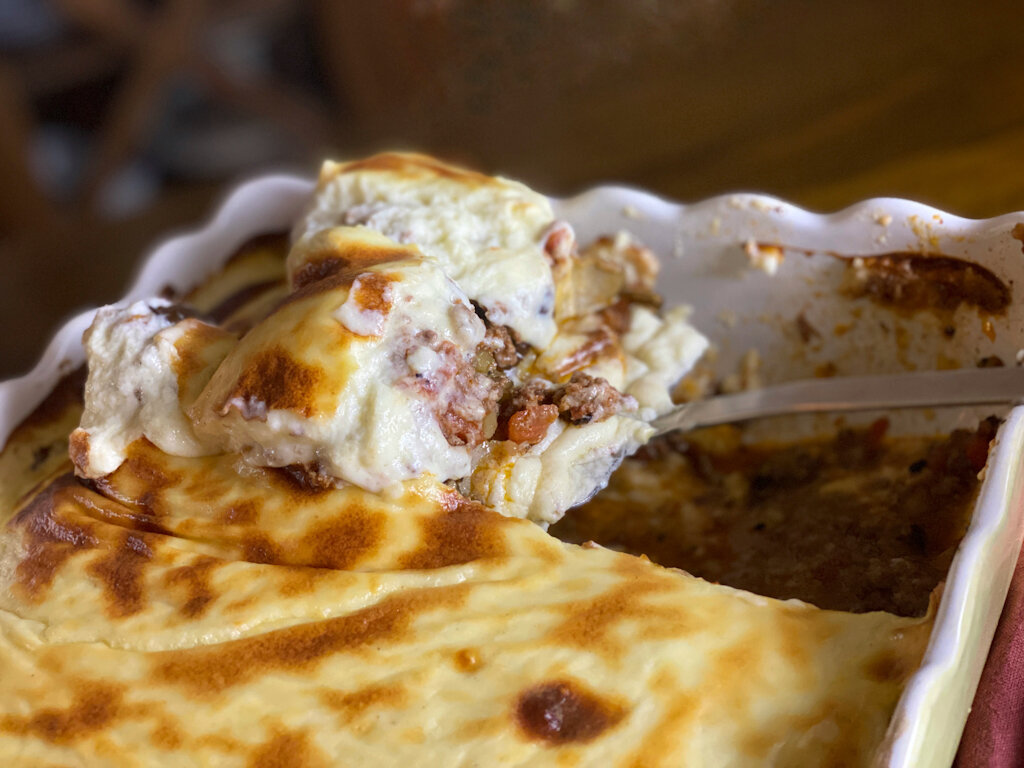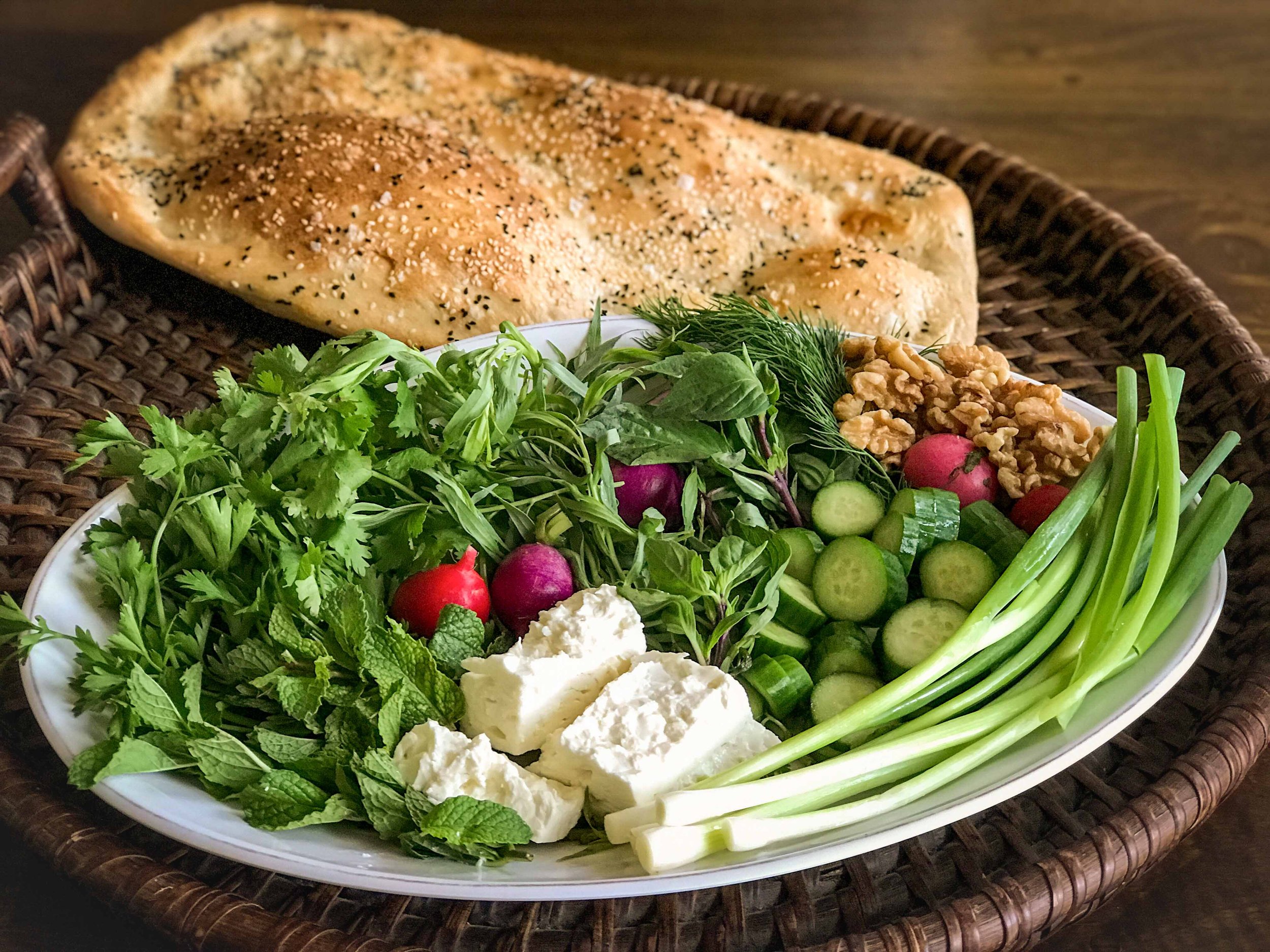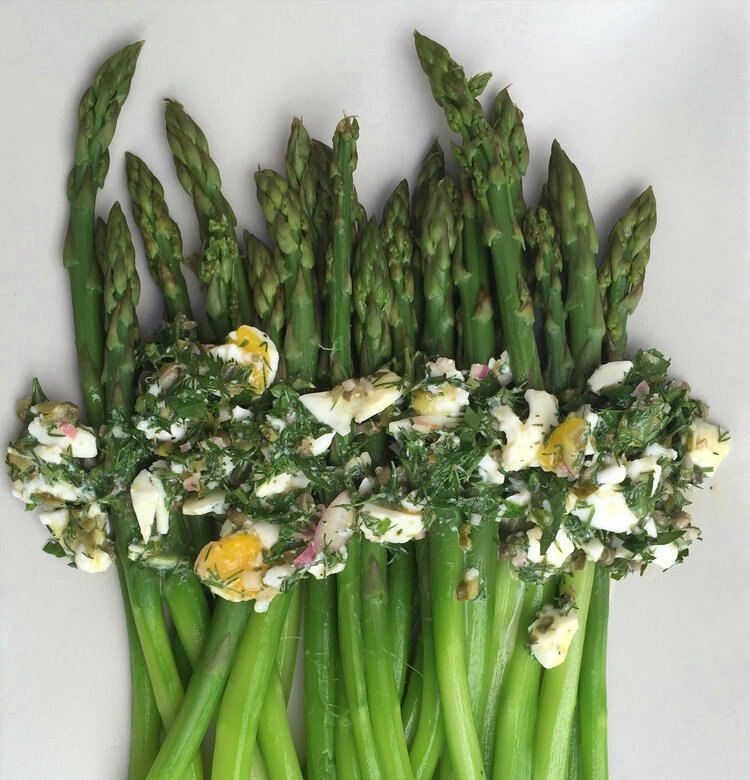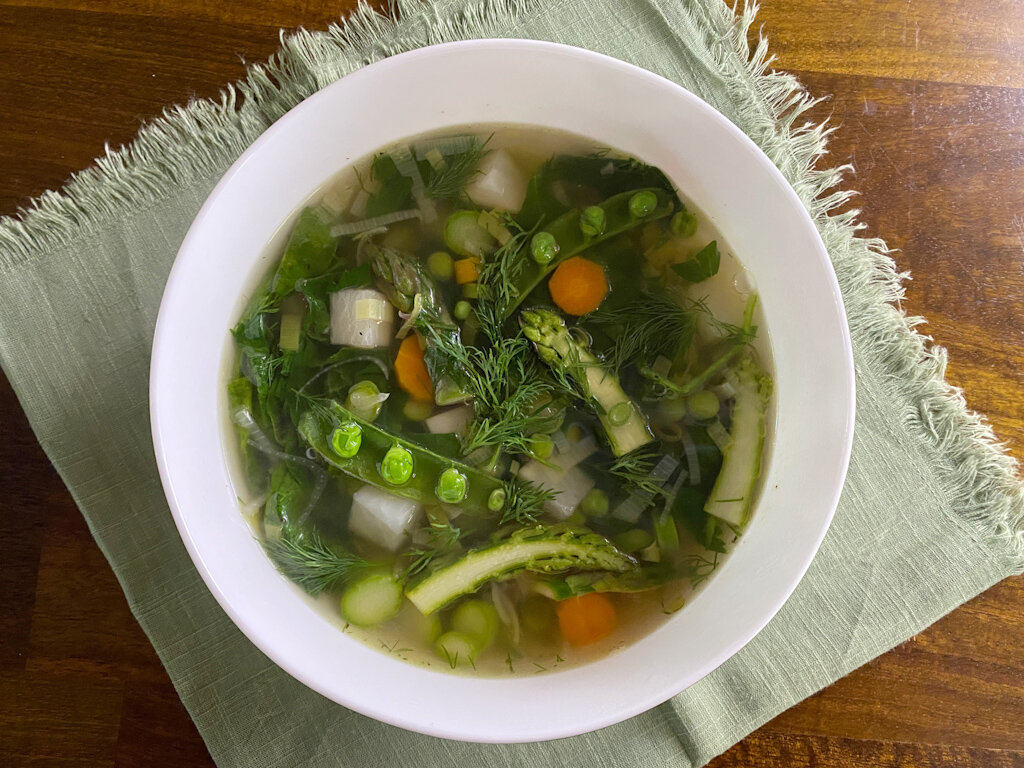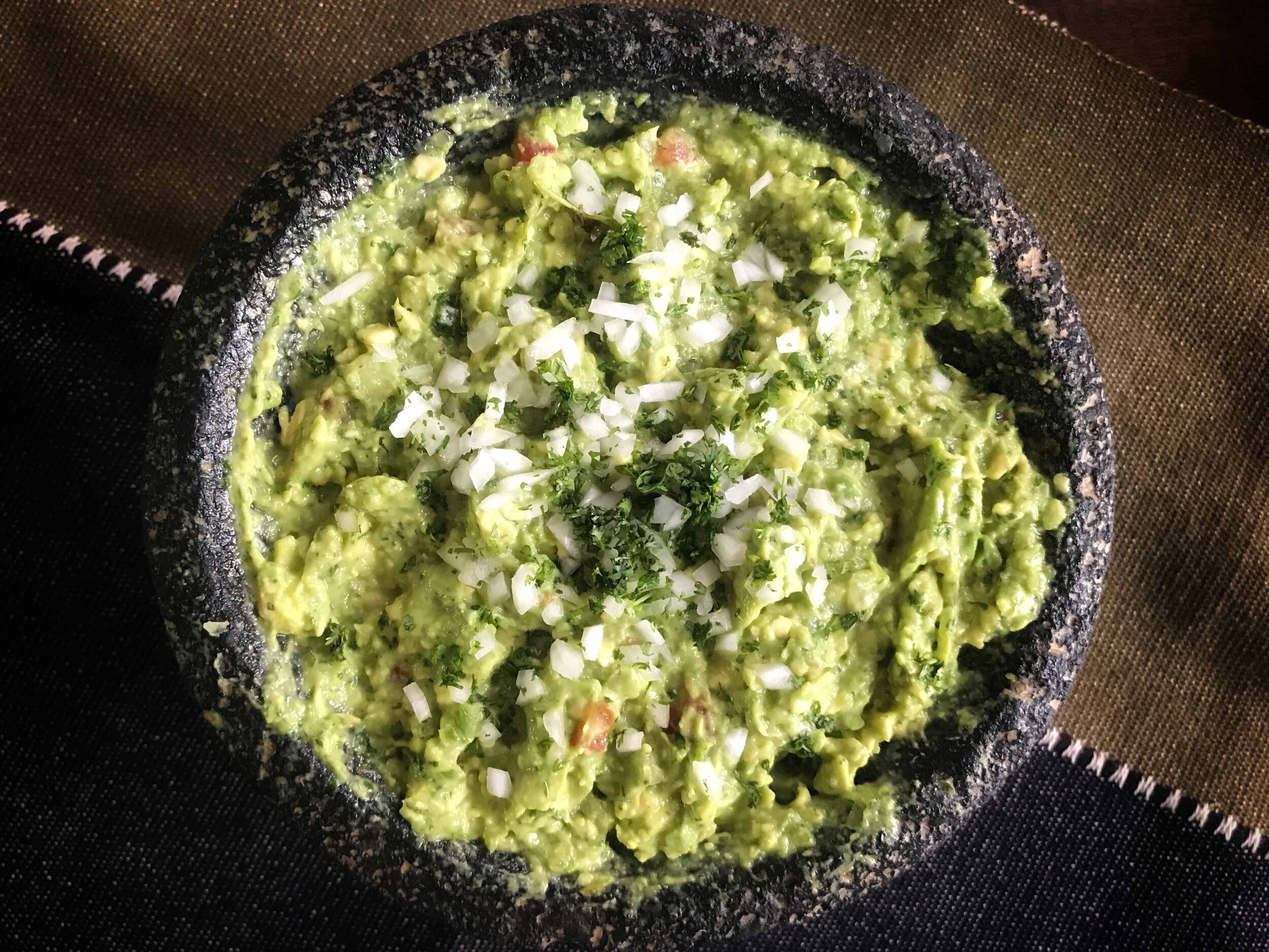By Leslie Brenner
Kitchen memory from when I was a wee thing: My mom biting into a large, ripe farm-stand tomato she held in her hand. She sprinkled a little salt on its exposed flesh before taking the next bite, then the next, and the next. Tomato gone. Bliss on my mom’s face. That was the most important lesson I’d ever learn about seasonal produce.
This was in the mid-1960s, in Los Angeles’ San Fernando Valley. Farmers markets hadn’t yet taken hold of Southern California, but there were occasional farm stands scattered throughout the big valley. Ours, which we called “the corn stand,” was a couple miles away from our house. The way I remember it it was kind of a summer pop-up, bursting with stone fruits, corn. zucchini and yes, glorious tomatoes.
In those days, most Americans didn’t know how to zhuzzh ingredients just enough to make them sing and set them confidently on the table. The only basil in our houses was dried, probably ancient, and lived in a jar on the spice rack.
For my mom, that kind of simple, intuitive “cooking” only took place in the kitchen, around noon. Her favorite summer lunch was a tomato sandwich: slice of Wonder bread spread with mayo, slices of ripe tomato on top, sprinkle of salt, topped with another mayo-ed Wonder slice. When she cut it in half, you could see the juices of the tomato running pink into the mayo and white bread. It was not sophisticated, but it made the most of the tomato in a way that moved her. Both the sandwich and the tomato eaten out-of-hand dated back for her to the days when she was a kid in New Jersey during World War II, and her family had a victory garden. I can almost smell those Jersey tomatoes on their vines.
Only last year did I learn — from a New York Times Magazine story by Eric Kim — that a similar sandwich is classic in the American South. Kim had the brilliant idea to amp up the savoriness of the sandwich by sprinkling a little furikake (Japanese seasoning) on its mayo. Of course: As Kim explained in his accompanying recipe, the umami-rich furikake helps the tomatoes “taste even more of themselves.”
Wow — tomatoes are already high in umami (the fifth taste, often described as “savory”). Amping that up is such an interesting idea.
Inspiration in a bowl
That got me thinking about a salad I’d recently fallen in love with at Loro, a restaurant near my home in Dallas, Texas: cantaloupe, tomatoes, arugula and cucumber dressed with a tangy, lightly sweet, chile-inflected lime vinaigrette that sung with umami — maybe from fish sauce?
I had to figure out how to achieve something like this at home, and on a regular basis.
A dressing assist came from cookbook author Andrea Nguyen, who had put out a call for ideas for her to tackle in her Substack newsletter, Pass the Fish Sauce. Andrea conjured a wonderful Nước Chấm Vinaigrette — which I tweaked a little to get a dressing that works brilliantly in tomato salads.
Tomato, Cantaloupe and Cucumber Salad with Nước Chấm
A jar of it in hand, and lucky enough to be in possession of a beautifully ripe cantaloupe and some gorgeous heirloom tomatoes, I pulled together a salad: chunks of the melon and tomato, plus avocado, smashed cucumber, a few mint leaves plucked from a pot on my patio and a happy dose of that dressing. And yes, Vietnamese fish sauce. Easy-to-find Red Boat, especially its less-easy-to-find Phamily Reserve, is probably my fave.
It was as captivating as I’d hoped.
Next day, I made another — no melon this time; this was tomatoes, cukes and avocado, with cilantro instead of mint and that same Nước Chấm Vinaigrette. Also wonderful! (That’s the one pictured at the top of this story.) The basic recipe lends itself to endless variations.
Now that tomatoes are back in season, I know what I need to do: Mix up a jar of the Nước Chấm Vinaigrette. That way when gorgeous tomatoes come my way, I’ll be ready to pounce.











